What I Wish I’d Known About Setting Up for Success: Lessons from Homeowners & Experts Who’ve Been There
Written by
22 April 2025
•
6 min read
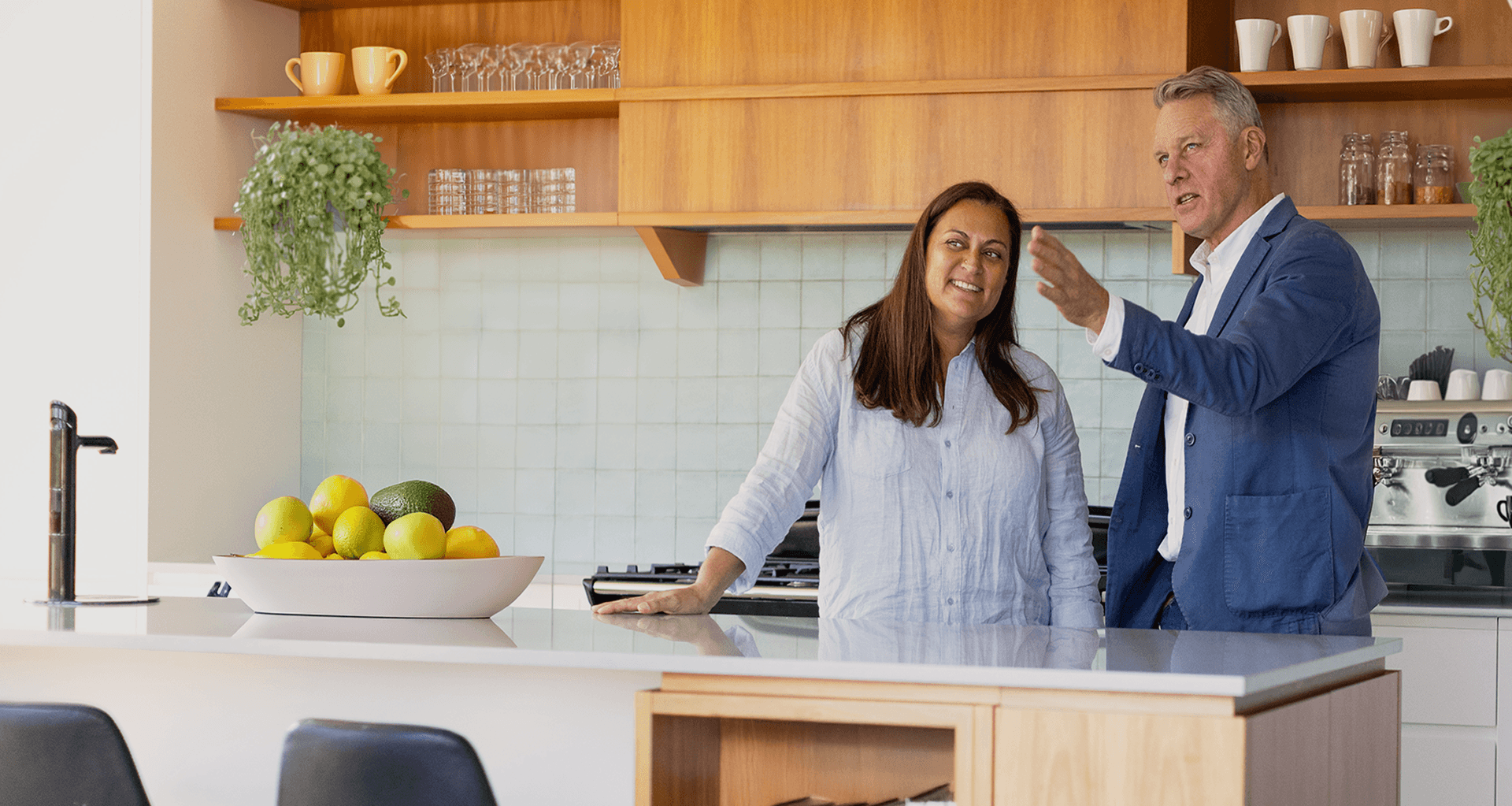
When Elaine embarked on her second renovation, she thought she had learned from her past mistakes.
“I was convinced I knew exactly what I wanted,” she recalls. “But I didn’t spend enough time planning, and halfway through, I realized I had overlooked some really crucial details, things that ended up costing us more time and money than expected.”
Elaine isn’t alone. Many homeowners, in the excitement of designing their dream home, rush into the process without fully understanding the steps required to set themselves up for success. Whether it’s underestimating costs, missing key approvals, or not thinking about how their needs will change over time, the early stages of a project can make or break the entire experience.
We started designing before we even knew what our non-negotiables were,” says Aysha, who built her second home in Sydney’s south. “I thought I wanted a big open-plan space, but once we moved in, I realised I hadn’t considered things like noise travel, privacy, and how the house would work in different seasons. If I had taken more time at the start to really think about how we use our space, I would have made very different choices.
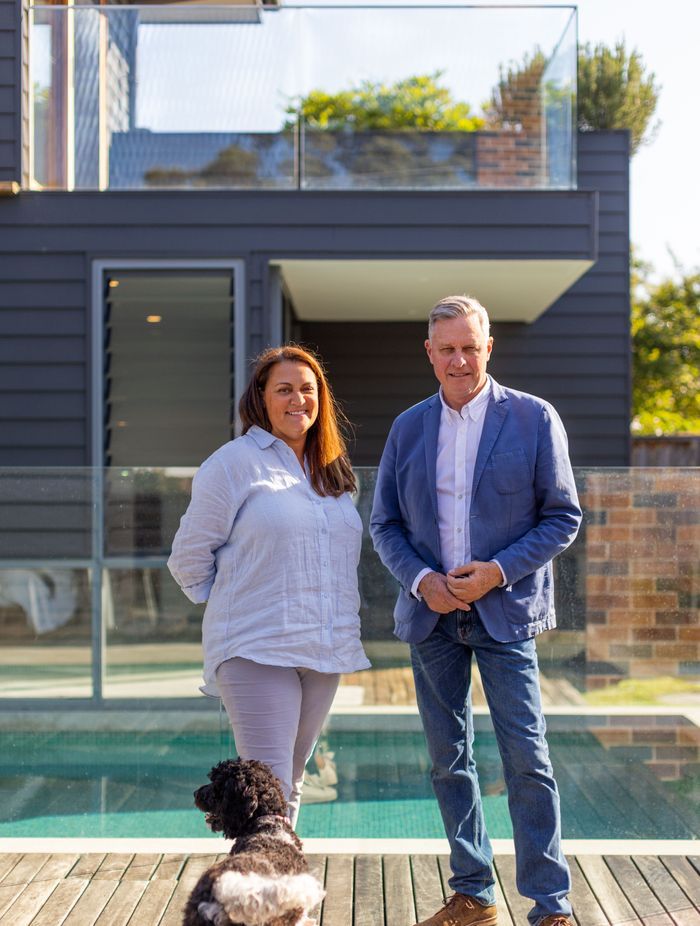
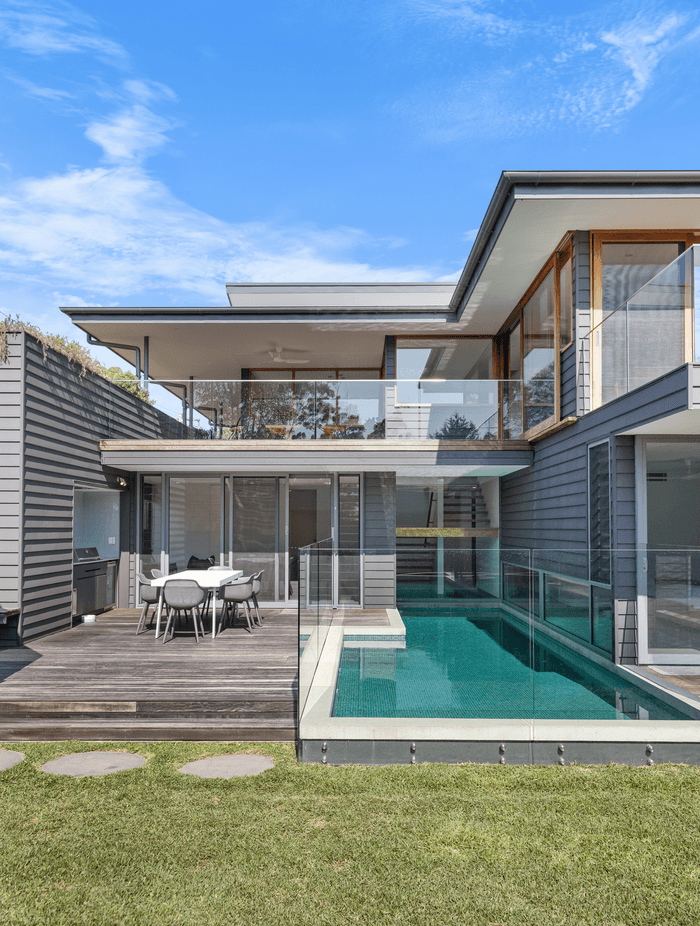
A successful home project starts well before construction begins. From defining your goals and selecting the right site to understanding design phases and budgeting wisely, setting up for success ensures a smoother, more enjoyable experience.
That’s why ArchiPro’s "What I Wish I’d Known" series was created—to help homeowners learn from the experiences of those who’ve already been through it.
Hosted by award-winning architect Peter Maddison, this video series and downloadable guide bring together expert insights, real-life homeowner stories, and practical strategies to ensure you plan with confidence and build like a Pro.
Key takeaways from the guide
1. Get clear on your "why" - it will shape every decision
The biggest mistake homeowners make? Jumping straight into design without defining their purpose.
“If you can sum up why you’re building or renovating in one sentence, you’ll have a much easier time making decisions,” says architect Peter Maddison.
For example, one homeowner told us, “We’re creating a forever home where our kids will always want to return.” With this clear vision, every decision, budgeting, materials, layout was guided by that one intention.
Pro tip from Peter Maddison:
"The why of your project is more important than the what. If you don’t have clarity on your long-term vision, every little decision will feel overwhelming. Write it down. Keep it front and center. It will keep you on track when you’re faced with endless design choices."
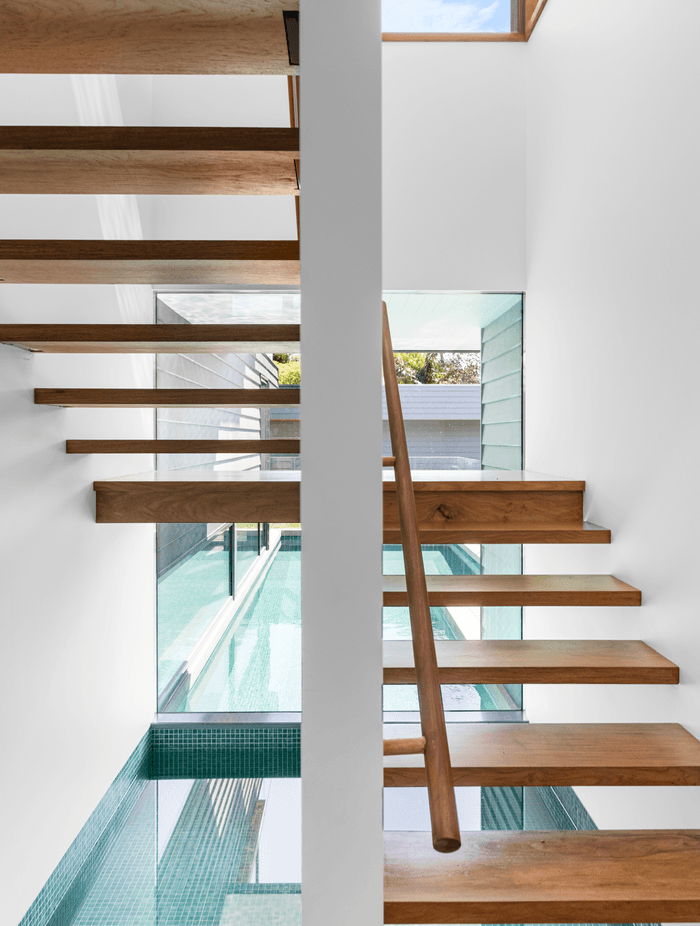
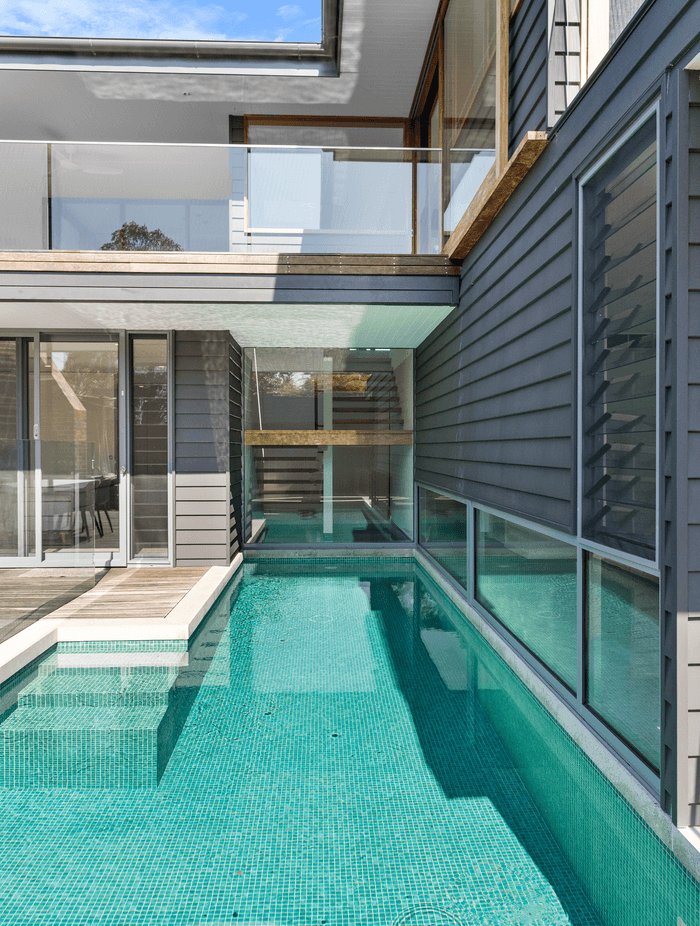
2. The land you choose will shape your home. Where you build is just as important as what you build.
“We didn’t live on our land before we built,” says one homeowner. “It wasn’t until we moved in that we realised how much the afternoon sun overheated the living room, and how noisy the street was.”
Key factors to consider:
• Climate and orientation: a north-facing home will have better natural light, reducing energy costs.
• Neighbourhood and council restrictions: can you actually build what you want? Many homeowners discover planning restrictions after purchasing land.
• Soil and drainage: unexpected site preparation costs can blow your budget.
Pro tip from Peter Maddison:
"Good design starts with understanding the site. Where does the light fall throughout the day? Where are the best views? How does the wind move through the space? Spending time observing these factors before designing can save you from costly regrets later."
3. The pre-build stages take longer than you think
Most homeowners underestimate how long the pre-build process takes.
There are four essential pre-build stages:
• Pre-design: researching inspiration, defining must-haves, and planning ahead.
• Concept design: developing floor plans, working with an architect or designer.
• Construction documentation: engineering reports, council approvals, and compliance checks.
• Tendering and budgeting: getting quotes from builders, selecting materials, and setting final costs.
“We were shocked at how long approvals took,” says homeowner Tony. “By the time we were finally ready to build, some of our material choices were discontinued, and we had to go back to the drawing board.”
The most successful builds are the ones where clients have done their homework. Rushing through pre-design and documentation stages to get to the fun part—construction—often backfires. Take the time to get every detail right before the first sod is turned.
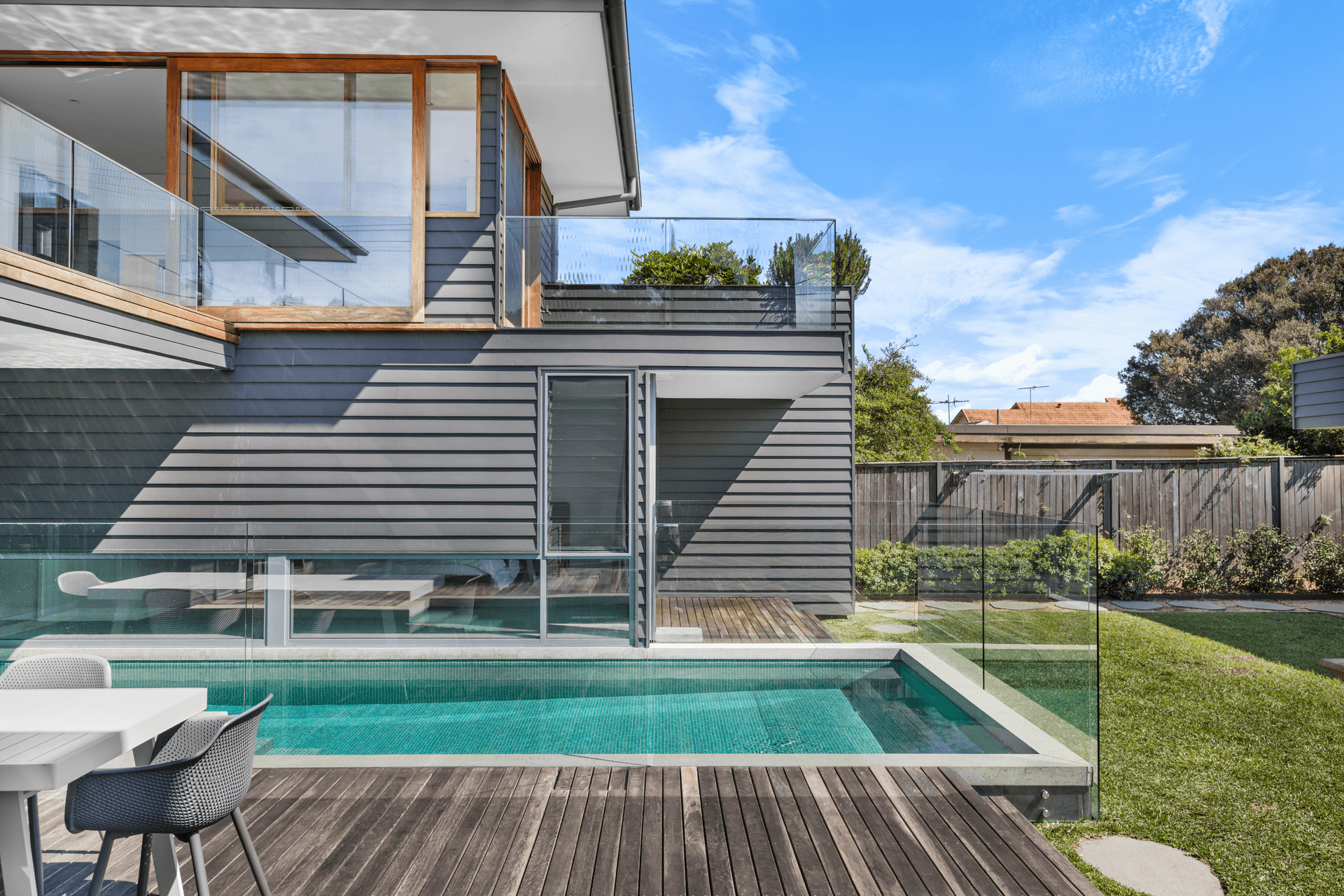
4. Budgeting for the hidden costs
One of the biggest pain points homeowners shared with us? Blowing the budget because of unexpected costs.
Top Hidden Costs to Plan For:
• Demolition and site preparation: clearing land, removing old structures, and unexpected foundation work.
• Council fees and permits: approval fees, environmental assessments, and compliance costs.
• Soil testing and drainage work: essential for ensuring your home has a solid foundation.
• Landscaping and driveways: many homeowners focus only on the house and forget about the outdoor spaces until it’s too late.
• Living expenses during the build: renting while you build can add thousands to your costs.
Pro tip from builder Marshall Keen:
"If you’re on a tight budget, contingency planning is critical. Always add 15-20% extra to your budget for unexpected costs. Every single project has surprise that’s the reality of building."
5. Future-proofing
Most people design for their current needs, but your home needs to serve you for years to come.
Questions to ask yourself:
• Will my kids need more space as they grow?
• Do I need a work-from-home space?
• Could an aging parent move in later?
• Will energy efficiency save me money in the long run?
“We built our dream home, but within five years, we had outgrown it,” says Elaine. “If I had thought about how our lifestyle might change, I would have made different choices.”
Pro tip from Peter Maddison:
"A well-designed home evolves with you. Whether it’s flexible spaces, future-proofed accessibility, or energy efficiency, thinking long-term will give you a home that works for you today and decades from now."
Download your FREE homeowner’s guide now and take the first step toward a stress-free, well-planned build or renovation.
Because when you plan like a Pro, you build like a Pro.